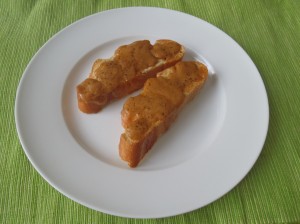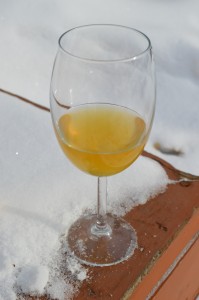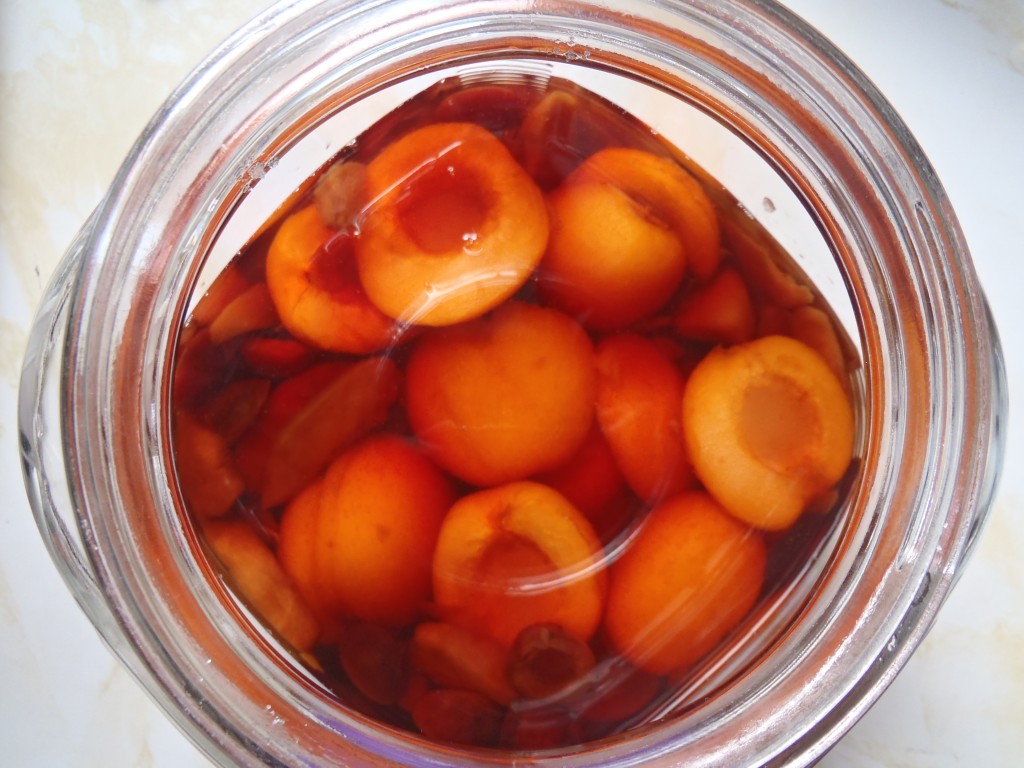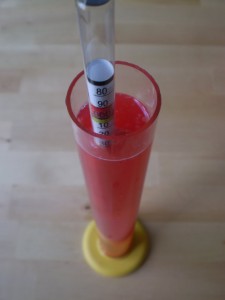Yet ev’n this Season Pleasance blithe affords,
Now the squeez’d Press foams with our Apple Hoards.
-John Gay
To most contemporary city-folk the word “cider” implies fermented apple juice. My grandparents made the distinction between “cider” (juice pressed from apples) and “hard cider” (fermented apple juice). For now I have simply made cider, and will leave the discussion of hard cider and its variants for another post.
This week we picked about 150 lbs of apples from three different trees:
- one beautiful, well-trained tree yielding large, blushing apples, which I will be referring to as “Ron’s apples”;
- one crabapple tree with bright red, tart fruit;
- one hideous, unkempt tree in our backyard that grows small green apples. The tree




